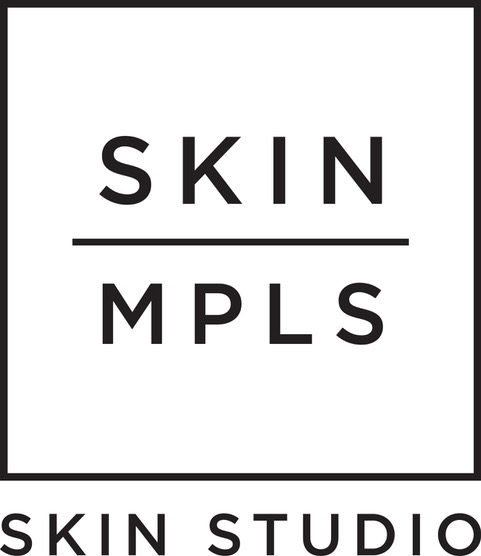Are You Collagen Banking Yet?
Ready to save up for retirement? If you are struggling with your 401(k), you can at least get on top of storing away your collagen. Collagen is vital for plump-looking skin, and since Gen Zers are into coining skincare terms, their new favorite is "collagen banking." We've always used the terminology that building collagen is like an insurance policy for your skin later in life. But leave it to the Gen Zers to make things better! Collagen banking means using products, tools, and treatments to promote and sometimes even "stash" collagen away for a rainy day.
We love this new trend because it requires ingredients like peptides, growth factors, and antioxidants, which are often an afterthought. Collagen banking helps to give a visual of why it's easier to prevent than correct. Are there diminishing returns, and will you inevitably lose collagen anyway? Sure, just like the stock market, nothing is guaranteed. But collagen banking is a victimless crime, and it will most likely leave your older self thanking your younger self.
First, let's understand collagen. If you don't have a good knowledge, read here. Collagen is a major buzzword because we know that while you can use 'tox and do a lot of corrective skincare in your 40s and up, you still can't recreate that plump skin you had when you were younger. Let's be clear: even with all the banking and healthy living, aging will still happen, and you won't have all the original collagen that made you look 20. However, holding on to your collagen goes with our big skin goal, which is to have healthy skin since collagen is good for your body and skin.
A peptide or growth factor serum is the easiest way to bank collagen. We recommend a high-quality one because those ingredients can be tricky to know if they are working. Our number one choice is Rejuv RX for powerful firming and plumping and MGF Renewal Ampoule for moisture-binding and soothing properties. These serums can be used daily with retinoids, AHAs, vitamin C, and other ingredients. If you are currently using a hyaluronic acid or hydrating serum, you can look into upgrading to one with growth factors and/or peptides. If you are new to a skincare regimen, you should always start with the basics like cleanser, exfoliation, moisture, and SPF. After all, sun protection is the best form of collagen banking.
Once you have established the basics, you are ready to strengthen your collagen portfolio. Everyone's profile might be different, but in theory, this looks like monthly facial treatments and quarterly microneedling, lasers, or deep peel treatments. Monthly facials keep your skin fit and help your products work deeper.
Microneedling is also called collagen-induction therapy. It creates millions of micro-wounds in the skin that jumpstart collagen production as they heal. Broadband light therapy (BBL) creates collagen by delivering pulses of light energy into the skin, which are absorbed by specific pigments and converted into heat, causing a controlled micro-injury that triggers the body's natural healing response, stimulating the production of new collagen fibers to repair the damaged tissue, resulting in firmer and smoother skin. Professional peels stimulate collagen production by turning over the dead skin layers and pushing new skin with more added collagen growth. Too often, people wait until they feel they need one of these treatments to treat scarring, sun damage, or deep wrinkles instead of preventative skincare reasons. You want to proactively add needling, lasers, and peels for true collagen banking. You will see improvements, but remember you aren't looking for jaw-dropping results – just to protect your investment.
Finally, what can you do at home? Using tools like LED and microcurrent are helpful outside your skincare routine. They literally perform collagen banking because they signal your skin to make more collagen. They provide short-term and long-term effects, penetrate your products more effectively, and have zero downsides. Make sure you are someone who is going to actually use these tools if you invest, and make sure your skincare is professional-grade, your routine is on-point, and that you regularly see an aesthetician.
